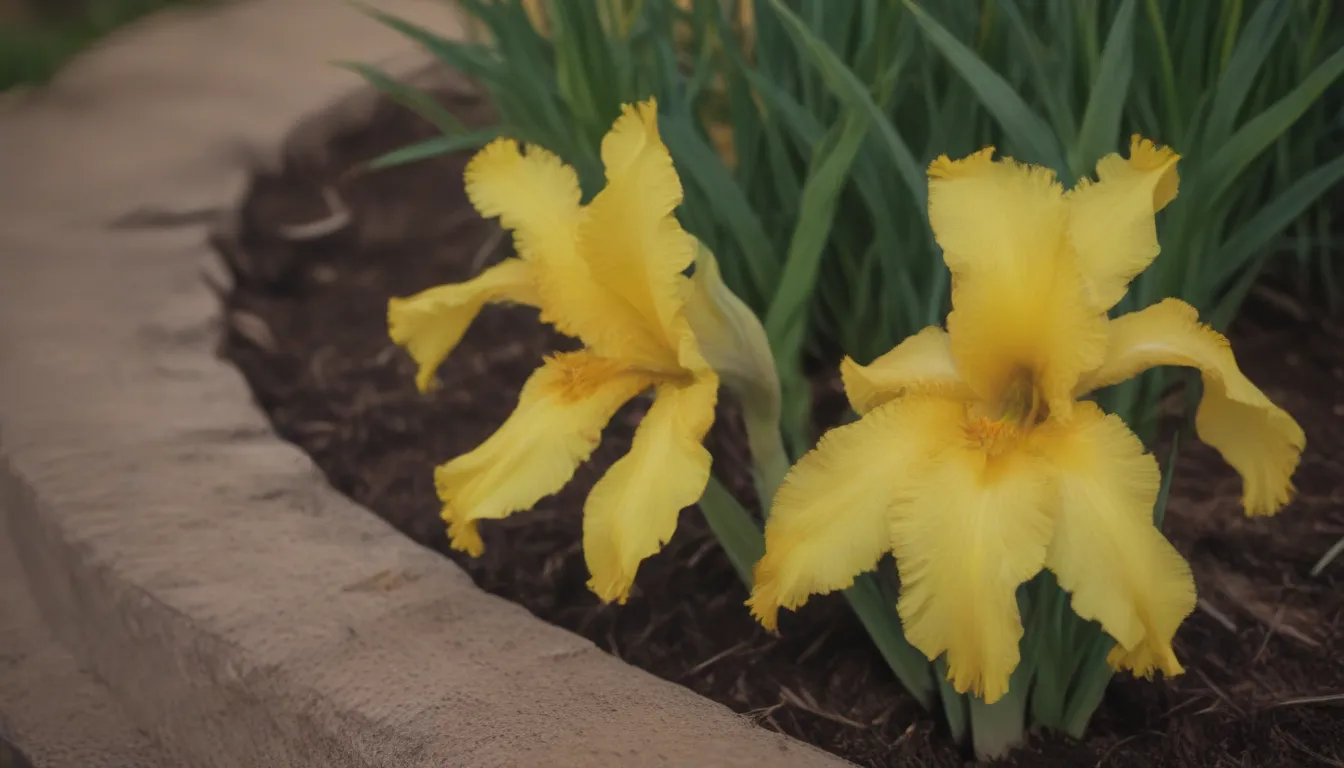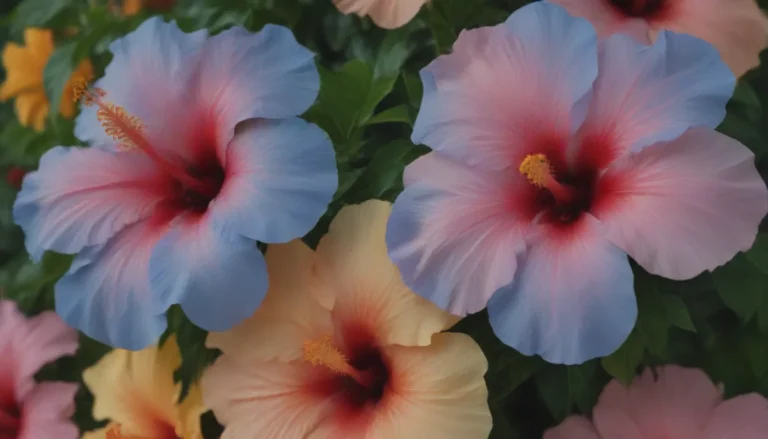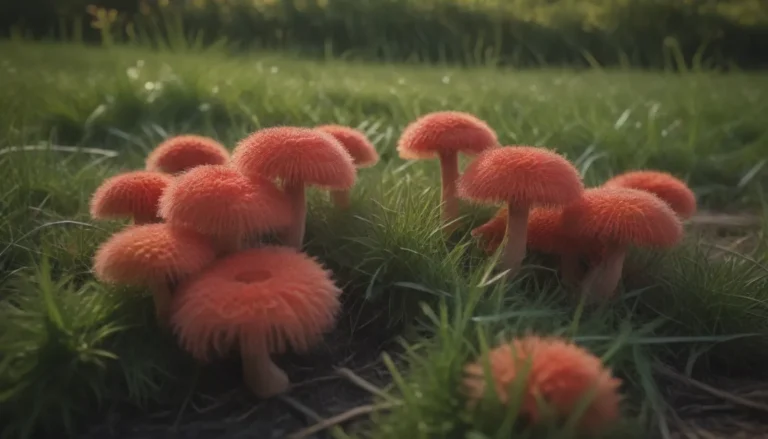A Beginner’s Guide to Planting and Growing Yellow Flag Iris

Are you looking to add a pop of color and texture to your landscape? Yellow flag iris, also known as Iris pseudacorus, might be just what you need. This beautiful plant grows wild in wetland areas across North America and is a great choice for those looking to create a striking ornamental pond display. While yellow flag iris is easy to grow and low-maintenance, it is important to note that it is considered invasive in many states. However, with proper care and attention, you can enjoy the beauty of yellow flag iris in your garden without harming the environment.
Understanding Yellow Flag Iris
Yellow flag iris is known for its bright yellow flowers and sword-shaped leaves. While it adds a touch of elegance to any landscape, it is essential to handle this plant with care as all parts of the yellow flag iris are toxic to humans, dogs, cats, and horses. The rhizomes and leaves closest to the ground are the most toxic, so it’s crucial to take necessary precautions when handling this plant.
Yellow Flag Iris Care Tips
When it comes to growing yellow flag iris in your garden, there are a few key care requirements to keep in mind. Here are some essential tips to ensure your yellow flag iris thrives:
Light
Yellow flag iris thrives in wet soil and can handle full sun in water gardens. However, in a garden setting, it is best to plant yellow flag iris in partial sun to provide the ideal growing conditions for this plant.
Soil
Providing boggy soil for your yellow flag iris will allow it to perform at its best. Mimicking its natural wetland habitat will help your plant flourish and produce beautiful blooms.
Water
Yellow flag iris loves wet soil and can survive in moderately moist conditions. It is essential not to let the soil dry out completely to ensure your plant remains healthy and vibrant.
Temperature and Humidity
Yellow flag iris can tolerate temperatures as low as 0°F and prefers areas with high humidity. If you live in a dry climate, consider misting your plant regularly to increase humidity levels.
Fertilizer
Yellow flag iris requires only a moderate level of fertility in its soil. Fertilize your plant in late winter or early spring with manure tea for optimal growth. If your iris is in a garden pond with fish, it may not need additional fertilizer.
Pruning and Propagation
To keep your yellow flag iris looking its best, it is essential to prune and propagate it properly. Here are some tips for pruning and propagating your yellow flag iris plant:
Pruning
During the growing season, remove bloom-bearing stalks after the flower dies. In the fall, prune any old or dead leaves by cutting the entire plant back to 1 inch for winter.
Propagation
Yellow flag iris spreads quickly through underground rhizomes, making it easy to divide. To propagate your plant, simply divide the rhizomes and replant them in a suitable location.
Growing Yellow Flag Iris From Seed
Yellow flag iris can also be grown from seed, although it may take some time for the seeds to germinate. Here’s how you can grow yellow flag iris from seed:
- Collect ripe yellow flag iris seeds.
- Plant the seeds in a moist, well-draining soil.
- Keep the soil consistently moist until the seeds germinate, which may take anywhere from 1 to 6 months.
Overwintering and Common Pests
To ensure your yellow flag iris survives the winter months and remains healthy, follow these tips for overwintering:
- Trim the foliage back to 1 inch after it dies back completely in the fall.
- Avoid applying a layer of mulch over the plants as winter approaches.
- In particularly cold winters, spread straw around the base of the plant for added protection.
If you notice your yellow flag iris leaves turning brown, it could be due to iris borer caterpillars. These pests can eat holes in the leaves, leading to their eventual demise. Keep an eye out for signs of pest infestation and take appropriate measures to address the issue.
How to Get Yellow Flag Iris to Bloom
Yellow flag iris produces stunning blooms in the spring and summer months. Here’s how you can encourage your plant to bloom:
- Provide optimal growing conditions, including sufficient sunlight and water.
- Deadhead the flowers after they die to promote a second bloom.
- Enjoy the rich dark yellow to pale yellow blooms that last for a couple of weeks in late spring to early summer.
Common Growing Problems
If you encounter issues with your yellow flag iris plant, here are some common problems and solutions to consider:
- Slowed Growth: Provide adequate water to your plant to promote healthy growth.
- Yellowing Leaves: Ensure your plant is receiving enough light and has proper drainage. Overwatering can also cause leaves to turn yellow.
Overall, yellow flag iris is a beautiful addition to any garden, but it is essential to be mindful of its invasive tendencies. By following proper care guidelines and taking precautions to prevent its spread, you can enjoy the beauty of yellow flag iris in your landscape without harming the environment. Remember to stay informed about any regulations regarding this plant in your area and always handle it with care due to its toxic nature. Happy gardening!





